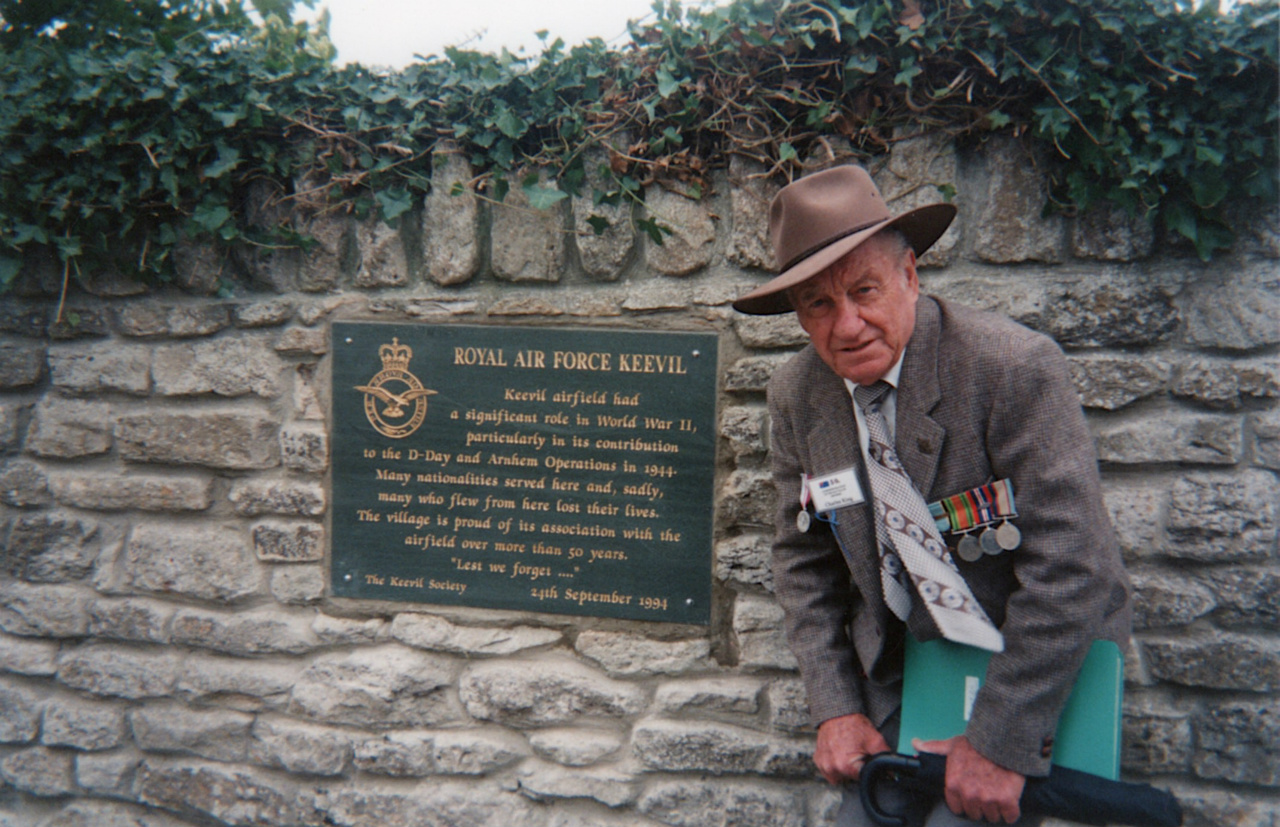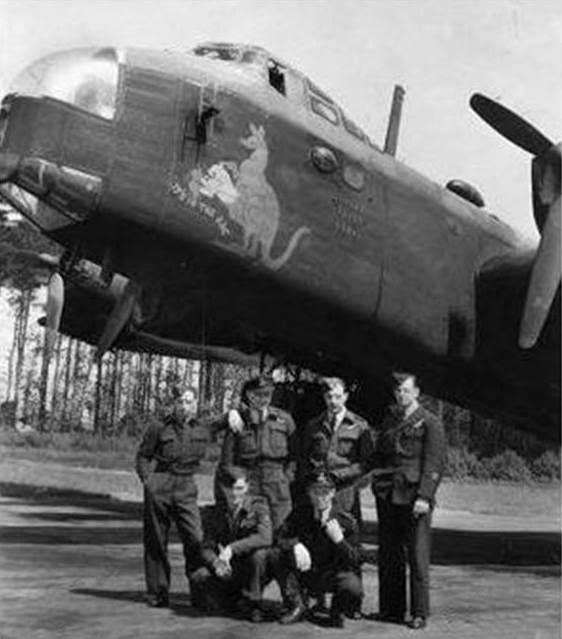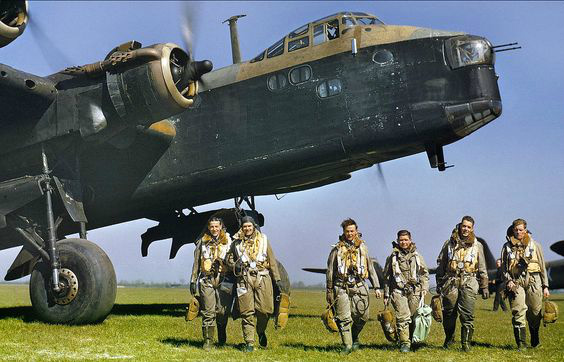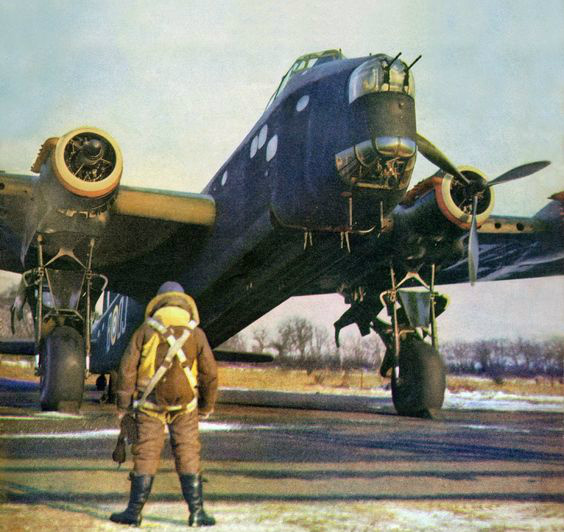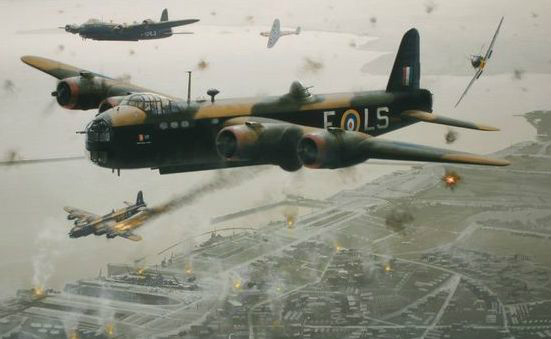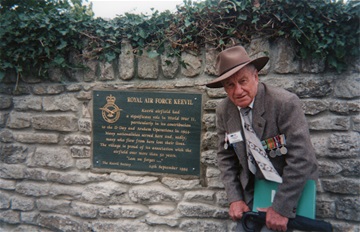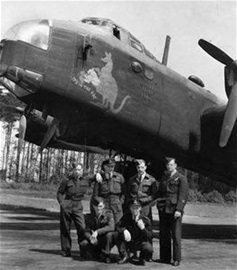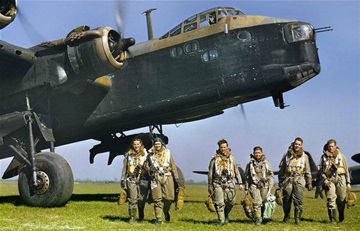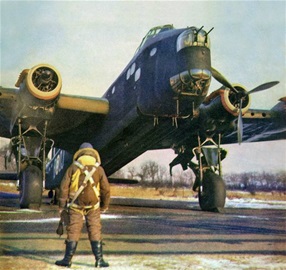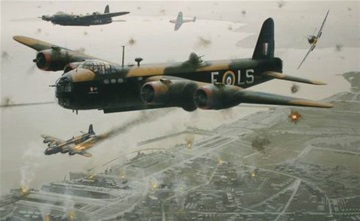Charles Walter King
Driving one evening to a function held by the Australian Aviation Museum, Bankstown to honour the great contributions of Hawker de Havilland to Australian Aviation, I could not help but reflect on the awesome amount of aviation history and experience surrounding me.
Travelling in the vehicle with me were Rollo Kingsford Smith, DSO, AM, DFC, former Commercial Manager of Hawker de Havilland, cousin of Sir Charles Kingsford Smith and highly decorated RAAF Wing Commander during WWII, Bryan Monkton, former RAAF Catalina pilot and founder of Trans Oceanic Airlines, Jack Gould, former RAAF Catalina Radar Instructor and Charles King, former WWII Short Stirling Special Operations pilot, Qantas DC-3 and Super Constellation pilot and Qantas Simulator Instructor.
Charles King joined the RAAF at the tender age of 19 and was sent to England, where he flew initially Spitfires, then Stirlings over Europe. The Short Stirling was the first four engine bomber in service with the RAF, and became “infamous” because the original design wing span of 112 feet was rejected by the Air Ministry, Why ? Because RAF hangars were designed for aircraft with wing spans of no more than 100 feet ! This severely restricted the Stirling’s capabilities, to the detriment of many aircrew !
From early in 1944 the Stirling began to play a new and increasingly vital role in supporting the Resistance in Nazi—occupied Europe. From Norway, Denmark, the Low Countries and France, to Italy and the mountainous countries of the Balkans and Eastern Europe—even into the very heartland of Nazi Germany itself —Stirlings ranged far and wide under cover of darkness to drop agents (known as “Joes”) and equipment to Resistance groups waiting on the ground.
Special Duties required a high degree of skill, and there was a great responsibility resting on Charles and his crew to deliver the agents and supplies correctly. If they flew too high when dropping the Agents, they might drift away from the reception on the ground and their safety jeopardised. Containers would be irretrievably lost if the parachutes became entangled with the trees or drifted outside the dropping zone.
Three of the Special Operations trips undertaken by Charles King and his crew were supply drops over an area held by the famous “White Mouse”, Nancy Wake.
Other Dangerous Operations
Charles King defied the odds of survival in many other theatres of war. In the lead up to D-Day he flew 18 training trips to fly the big Stirling at 250 feet and towing gliders. A number of daylight operations included the D-Day Normandy evacuation, Arnhem and the Rhine. Strategic bombing missions included Rees, Isselburg and then the Rhine.
After the war, Charles started up his own importing business in Sydney, but his love of flying soon drew him back to working as a pilot with Qantas, flying Douglas DC-3s on the Bird of Paradise Service to New Guinea. He also flew Super Constellations to London. His move back to Qantas opened up many opportunities for international travel for the whole family. Charles stayed with Qantas until his retirement, after many years of professional fulfilment.
Renowned for his sense of humour, Charles was once asked what the initials QANTAS stood for. Without hesitation he replied “Quite A Nice Trip, Arrived Safely”....
Charles also became the Australian representative for the Dutch Lest We Forget Foundation. In 1994 he personally led a contingent of Australian ex-airmen to the commemoration of the 50th anniversary of the Battle of Arnhem, held at the Royal Air Force Station, Keevil UK.
